The basic cell of Gelion Technologies’ breakthrough made-for-solar energy-storage system has the diameter of a large beer coaster and is about one centimetre thick. Inside this plastic disc is little more than “salty water, some carbon and some special soap”, says Thomas Maschmeyer, Professor of Chemistry at the University of Sydney. It can be stacked and combined into modules to store anything from one kilowatt hour (1 kWh) to a utility-scale, fully containerised 1 MWh — at a projected production cost of less than $100 per kWh when manufactured at scale.
Maschmeyer says Gelion Technologies will have a utility-scale demonstrator model in the field within the next couple of years, but last week he officially launched the technology by raising the first of a number of solar-plus-Gelion-powered lamp posts on the avenue leading to The Great Hall at Sydney University. The fleet of mobile lighting systems is intended to improve campus sustainability and increase night-time safety on campus, while providing real-world data on the battery’s performance.
The specific charge to develop a battery for solar applications began sometime around early 2014, says Maschmeyer who had been considering established battery technologies and the need for “a solution that was cheap enough, durable enough and safe enough” to use in conjunction with solar PV in its many applications. The recyclability of main components was also key to his vision for a sustainable storage technology.
He says lead-acid batteries, “while having served the markets for automotive starter motors and UPS systems very well, are not suited for use with solar PV due to inherent technical limitations of the battery chemistry that give rise to issues such as limited depth of discharge and cyclability, as well as toxicity”.
Lithium-ion technology is expected to experience significant supply pressures on materials due to uptake of electric vehicles in coming years; and can have flammability problems. As such, says Maschmeyer, it’s less suited to partnering with solar PV, whether for home use, commercial-industrial use, or in shipping and aircraft applications.
Cheaper non-flammable components
In comparison, zinc is widely available and recyclable, and bromine can be extracted from seawater — among its sources are desalination plants, of which it is a byproduct. And these inexpensive constituent materials cannot catch fire.
The first patent for zinc-bromine chemistry in relation to batteries was lodged in 1889, but several issues have prevented it from being commercially applied.
“To cut a long story short,” says Maschmeyer, “the most obvious application was in conjunction with solar PV because zinc-bromine batteries charge reasonably slowly” — over a period of three to four sunlight hours, for example, “and one can then discharge them at the same pace or more slowly, as required.”
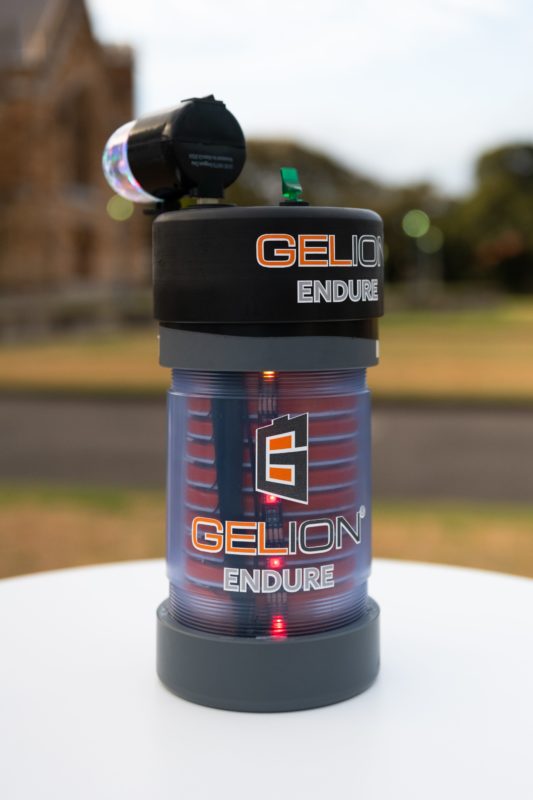
Image: gabrielaphotography.com.au
In the labs of Sydney University, the first experiment testing Maschmeyer’s gel theory looked inauspicious — it comprised “two pieces of carbon paper covered in gel and some silver solder wire, held together by squares of Teflon that were fixed with wooden washing pegs”. The fact that this soggy sandwich did charge and discharge, albeit poorly, justified further work, and by late 2014 the research group had taken out a patent. By early 2015, Gelion was set up as company, in which the University retains a 5% stake.
It took a long time to get the gel technology right, says Maschmeyer: “We have a number of components in there, but the upshot is that those components are mobile, with the result that charging and discharging the battery improves overall performance.”
The Gelion team has developed “a simple gel in terms of what it looks like, but the thinking behind it and the composition — that’s where the magic is!” says its inventor who was last year awarded the 2018 Eureka Prize for Leadership in Innovation and Science.
Gelion Endure batteries are designed to achieve production costs of below $100 per kWh as scaling of production ramps up. This compares with a current cost for lithium-ion batteries of around $180 per kWh; and is roughly equal to the cost of lead-acid batteries.
However, lead-acid batteries typically only have 50% of their capacity available for charging and discharging, which can effectively double their cost of storage, while Gelion’s zinc-bromine technology offers 100% charge and discharge.
No air-conditioning and self-reconditioning
In addition, says Maschmeyer, “because Gelion cells are at the low end of lithium-ion technology in terms of energy density — around 120 Wh per kilogram — and they slowly charge and discharge, the system doesn’t generate enough heat to require an air-conditioned operating environment.” It is well served by passive ventilation alone, which further reduces the complexity and cost of deployment.
Software-controlled, remote reconditioning of the batteries — stripping and resurfacing of the electrodes — “occurs in-situ, inside the batteries, without human intervention”, explains Maschmeyer. “One doesn’t need to go in there and physically change batteries and so on. We’ll have a battery management system that does this in a gentle way, so fading is a much smaller issue for us than for other battery technologies”
In Gelion’s labs, the batteries are currently being thrashed under accelerated testing, to provide empirical evidence of their durability over 3,000 cycles (seven years) of complete daily charging and discharging. Their durability is likely to be proven over much longer periods — up to 12,000 cycles or 28 years, says Maschmeyer — but to credibly simulate almost three decades of ageing at this point would be a stretch. He says, “We’d rather focus on statements that will be valued and respected by the market.”
Gelion Endure batteries will initially come with a seven-year guarantee. The company expects to have test configurations for lighting, power walls and commercial-industrial applications (200-400 kWh) and a utility-scale module (1 MWh) in the field by mid 2020. It anticipates that subsequent commercial orders will enable scale production to start in 2021.
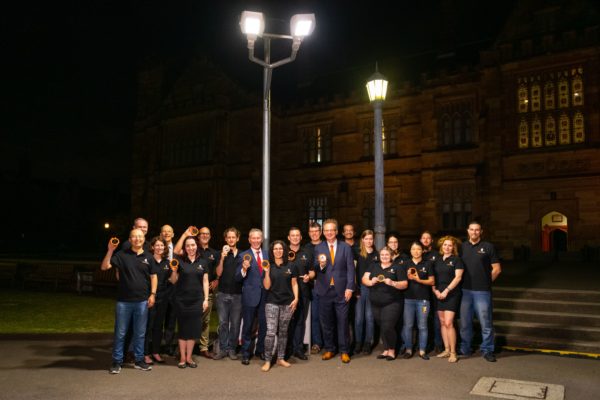
Image: gabrielaphotography.com.au
This content is protected by copyright and may not be reused. If you want to cooperate with us and would like to reuse some of our content, please contact: editors@pv-magazine.com.
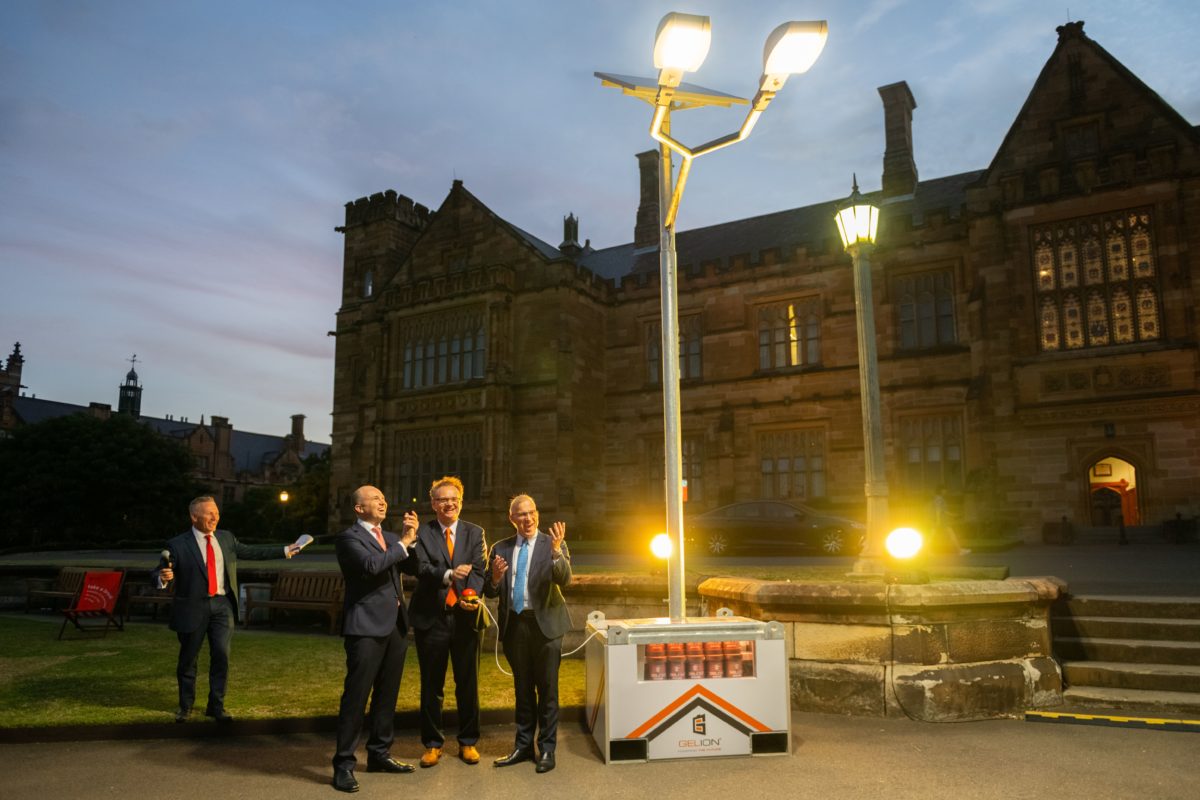




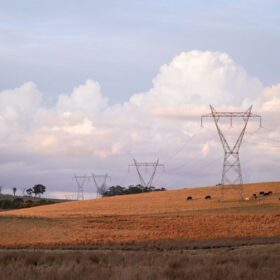

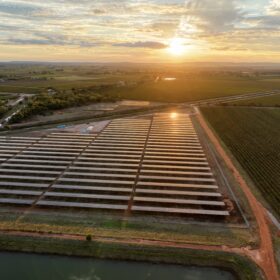
2 comments
By submitting this form you agree to pv magazine using your data for the purposes of publishing your comment.
Your personal data will only be disclosed or otherwise transmitted to third parties for the purposes of spam filtering or if this is necessary for technical maintenance of the website. Any other transfer to third parties will not take place unless this is justified on the basis of applicable data protection regulations or if pv magazine is legally obliged to do so.
You may revoke this consent at any time with effect for the future, in which case your personal data will be deleted immediately. Otherwise, your data will be deleted if pv magazine has processed your request or the purpose of data storage is fulfilled.
Further information on data privacy can be found in our Data Protection Policy.